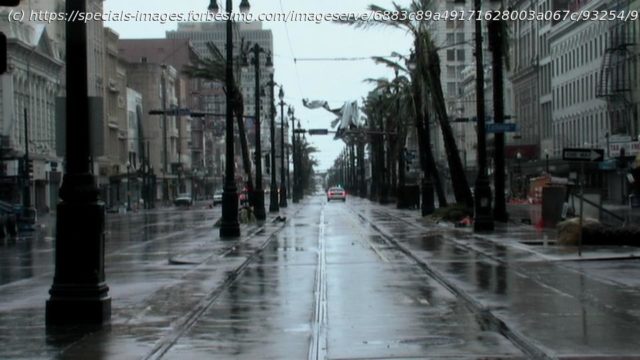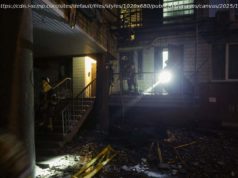A new Nat Geo docuseries uses tech and survivor testimony to reframe Hurricane Katrina as a preventable digital-age failure, not just a natural disaster.
Hurricane Katrina struck New Orleans. The storm itself was devastating—but what followed was far worse. The real disaster, many experts argue, wasn’t the wind or water, but the collapse of infrastructure, communication and trust in government.
Now, two decades later, National Geographic’s Hurricane Katrina: Race Against Time revisits the catastrophe with the benefit of hindsight and the tools of modern technology. Directed by Traci A. Curry and produced by Proximity Media and Lightbox, the 5-part series is a digitally reconstructed case study in systemic failure—an attempt to rebuild not just the timeline, but the public memory of what actually happened.Technology as a Truth-Telling Tool
I had an opportunity to connect with Ivor van Heerden, the former deputy director of Louisiana State University’s Hurricane Center. Ivor is the “Cassandra” of the Katrina tragedy—he predicted Hurricane Katrina and the catastrophic impact in 2004, only to be ignored.
“This is definitely not a story about a storm,” said van Heerden. “The trigger, if you will, was a storm—but it was man’s folly that led to the catastrophe.”
At the time of Katrina, social media was in its infancy. Most people didn’t have smartphones. Surveillance footage was grainy or missing altogether. And the digital infrastructure needed to coordinate a large-scale emergency response simply didn’t exist.
Fast-forward to 2025, and the tools for documentation and storytelling have changed dramatically. The production team behind Race Against Time used AI-enhanced video restoration, satellite overlays, GIS modeling and high-resolution archival footage to create a real-time, moment-by-moment reconstruction of the disaster’s timeline.






